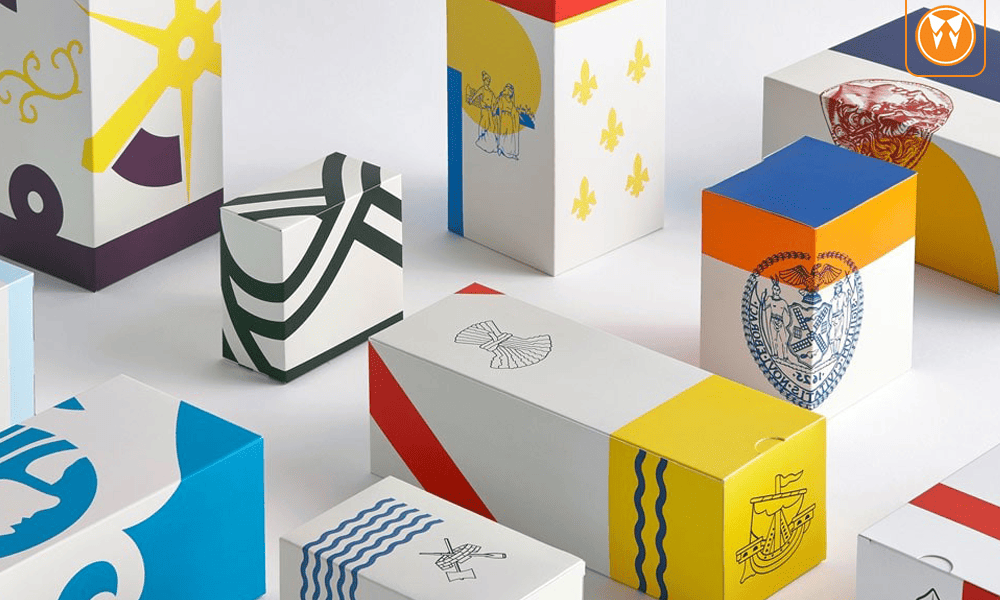The food business is undergoing a huge shift, with creative packaging trends influencing its future. Packaging has developed from just covering products to a critical component in improving sustainability, convenience, and consumer experience. As consumers become more conscious of environmental problems and seek new, better options, food manufacturers are reconsidering packaging solutions in a big way. Below, we look at five new trends that are changing the food packaging environment.
Smart and Sustainable Packaging Solutions
One of the most notable trends is the rise of smart and sustainable packaging. The push for sustainability in the food industry has led to the development of eco-friendly packaging materials that are both biodegradable and recyclable. Smart packaging goes a step further, incorporating technologies such as QR codes and NFC (Near Field Communication) tags, enabling consumers to track product freshness or learn about the product’s sustainability journey. These advancements not only help in reducing environmental waste but also provide a more transparent, engaging consumer experience.
The increasing demand for sustainable packaging materials such as plant-based plastics and edible wrappers is significantly changing how food products are packaged. These materials are designed to reduce the reliance on traditional, non-recyclable packaging, which is often harmful to the environment. With consumers becoming more conscious about their environmental footprint, this shift towards smart and sustainable solutions is becoming a driving force in the industry.
Personalized Packaging: Connecting Brands and Consumers
Another exciting trend is personalized packaging, which has taken consumer engagement to the next level. Personalized packaging allows food brands to connect with consumers on a deeper level by incorporating names, messages, or custom designs on product labels. This trend is especially popular in the beverage industry, where customers are given the chance to design their own packaging for products like bottled water or juices. Personalized packaging not only makes products more attractive but also helps build stronger emotional connections with consumers, driving brand loyalty and repeat purchases.
Minimalistic and Functional Designs
As food packaging trends evolve, minimalistic and functional designs have become increasingly popular. Consumers are looking for products that are not only visually appealing but also practical. Streamlined packaging that is easy to open, pour, and store adds an element of convenience for the user. This design trend minimizes the clutter, focusing on the essentials to create a clean and modern look. Furthermore, brands are opting for clear labeling that emphasizes the key product features such as organic, gluten-free, or non-GMO certifications.
Eco-Friendly Packaging: Reducing Plastic Use
In response to growing concerns over plastic pollution, many food companies are turning to eco-friendly alternatives. The shift toward biodegradable, compostable, and recyclable materials is gaining momentum. Brands are experimenting with paper-based packaging, plant-based plastics, and even seaweed-based materials as alternatives to traditional plastic. This trend is driven by both consumer demand for greener options and new regulations requiring reduced plastic waste. As environmental concerns become more urgent, this trend is likely to continue to expand and evolve in the coming years.
Interactive Packaging: Engaging Consumers Digitally
Interactive packaging has become a game-changer in the food industry. By incorporating augmented reality (AR), digital labels, and gamification, food packaging is offering new ways for brands to engage with consumers. AR enables customers to scan product labels with their smartphones and access extra information, recipes, or promotional content. This type of interactive experience not only makes the shopping experience more engaging but also adds value to the product. It creates a stronger connection between the brand and its customers, who are increasingly looking for more from their purchases.
In conclusion, these innovative packaging trends are transforming the food industry in profound ways. With sustainability, personalization, and digital engagement at the forefront, packaging is no longer just a functional aspect of food products but a tool for creating meaningful connections with consumers. As these trends continue to evolve, it is clear that the future of food packaging will be shaped by innovation, consumer preferences, and environmental considerations.
Visit – Latest Magazine

